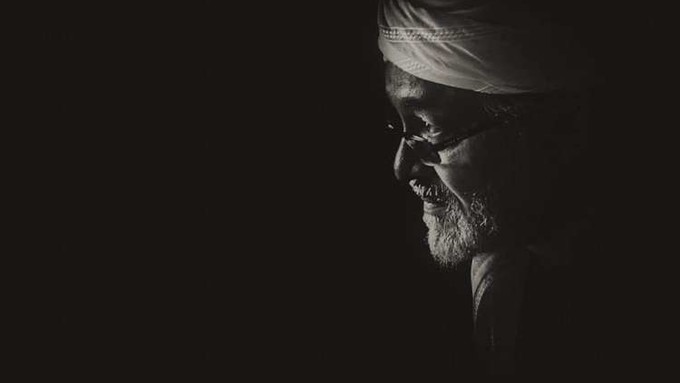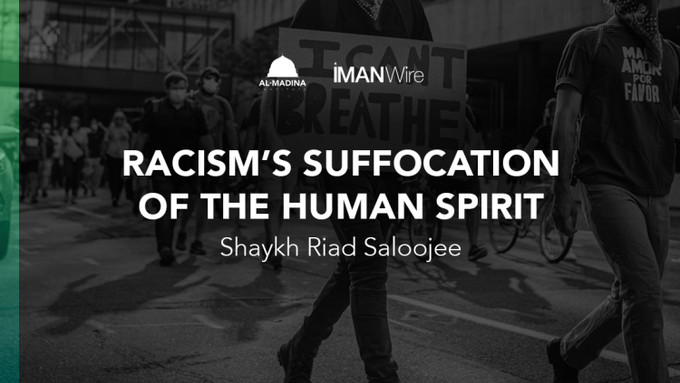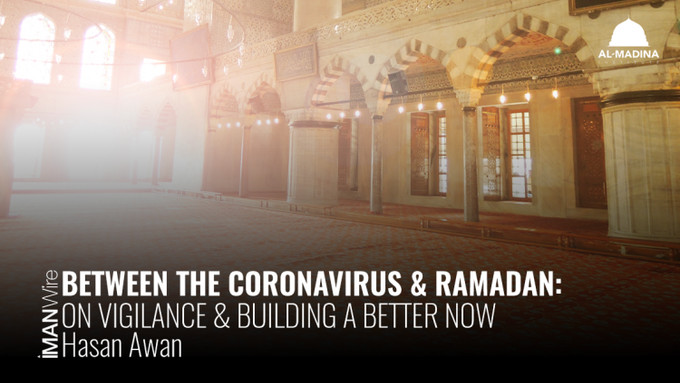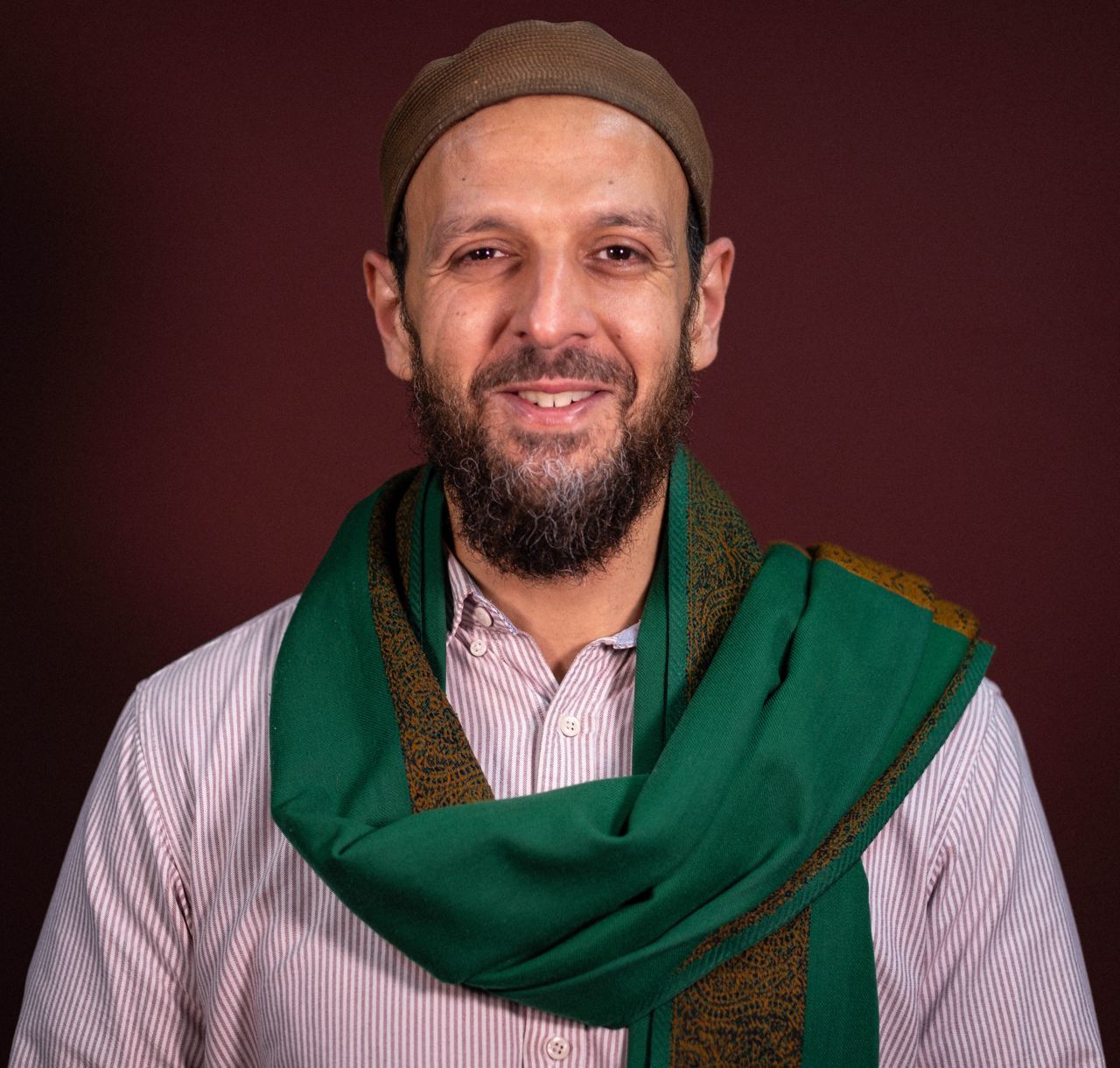Zuhdi: Artist of the Prophet's Mosque
The year was 1803 when a group of ideological extremists had occupied the holy city of Mecca. In their attempt to purify Islam they destroyed religious monuments and sites along their path. Having their eyes now set on Madina, resting place of the Messenger of God ﷺ, they started a campaign of terror by blocking the city from its main water supply. The inhabitants of Madina tried to enlist the support of the Ottomans to repel the incursion but internal strife of the Ottoman state and external preoccupations did not allow the Ottomans to turn their attention to the assault and in 1805 Madina would fall under Wahabi control.
It was not until 1812 that Ottoman Sultan Mahmud II tasked Mehmed Ali Pasa of Egypt to liberate Madina. Mehmed Ali Pasa sent a battalion of three thousand five hundred soldiers and after two weeks Madina was back in Ottoman hands. The damage done to the Prophet's Mosque and al-Baqi by the invading forces was extensive. Historians recount that the Prophet's Mosque was looted and all religious historical markings were damaged or destroyed — with the exception of the tomb of the Messenger ﷺ. The dome of the Prophet's mosque was severely damaged and the decision was made to rebuild it.
In 1839 the son of Sultan Mahmud II, Abdulmajid I, ascended to the throne making it a point to set aside a large budget for the restoration of the Islamic holy sites. The new Sultan wanted to ensure that the greatest level of care and attention was given to the upkeep and beautification of Mecca, Madina and Jerusalem. Abdulmajid, himself an accomplished Islamic calligrapher, set out to find the person to be entrusted with adorning the mosque of the Prophet Muhammad ﷺwith calligraphic inscriptions.
Abdulmajid ordered his executive clerk to obtain a calligraphy piece from all the known masters in Istanbul and hang them up in a specific room in the royal palace. The Sultan himself would take the time to examine the works and decide who would be appointed with the sacred task.
At the time, Abdullah Zuhdi was a young man of twenty four years of age. Zuhdi was born in Nablus, Palestine and his lineage traced back to the companion of the Prophet Muhammad ﷺ, Tamim ad'Darimi. At a young age, he moved with his family and settled into Istanbul, heart of the Ottoman empire. Showing great artistic skill, Zuhdi started his calligraphy training at an early age and quickly advanced past his peers. He trained under the known masters of the time and developed his own unique style of writing the Jali Sulus script.
When news spread of the Sultan's search, Zuhdi's close friend encouraged him to enter one of his compositions but he refused. He greatly disliked the idea of competing against his very own teachers. Nonetheless, Zuhdi's companion took one of his compositions without his knowledge and entered it. As soon as the Sultan laid his eyes on the work he knew he had found his man. He summoned Zuhdi to the palace and upon seeing the youthful calligrapher the Sultan was surprised. How could a young man outstrip his very own teachers? He made Abdullah take an oath by Allah that he himself actually wrote the composition and in January of 1858 an imperial decree was issued declaring Abdullah Zuhdi the calligrapher of the holy sanctuaries.
The young calligrapher would spend the next eight years of his life living in the shade of the Messenger Muhammad ﷺ while adorning the mosque of Madina with some of the most exquisite calligraphy ever written. Anyone visiting the holy sanctuary in Madina has caught sight of his beautiful work. From the long stretch of wall on route to the Prophetic tomb adorned with Qur'anic inscriptions and the blessed names of the Messenger ﷺ to unique panels describing various sections of the blessed mosque, Zuhdi’s carefully crafted fingerprints are there for all to appreciate.
While studying his works of art, great attention must be paid to one particular panel which rests on the exterior wall of the Mosque facing al-Baqi. This piece has been considered a stroke of genius by master calligraphers because of the beauty of its composition and stylistic flow. "God and His angels bless the Prophet — So, you who believe, bless him too and give him greetings of peace." Zuhdi's sincerity and dedication to serving the Messenger of Allah ﷺ resulted in the ultimate gift of penning the finest version of the verse extolling the prayers upon the Messenger.
Abdullah Zuhdi completed this most blessed of assignments and eventually resettled in Cairo adorning various mosques with his spiritual art. He lived a blessed life in the service of God and His Messenger ﷺ and will forever be known as the artist of the Prophet’s Mosque.

"God and His angels bless the Prophet - So, you who believe, bless him too and give him greetings of peace."
Life & Culture Related Articles

Shaykh Seraj Hendricks: Obituary
An internationally recognised Islamic scholar, who saw spirituality, justice, and knowledge as integral to an authentic religious existence. Shaykh Seraj Hendricks, who passed away on the 9th of July 2020 at the age of 64, was a scholar of international repute, able to communicate and engage on the level of state leaders, religious scholars and the broader public.

Racism’s Suffocation of the Human Spirit
I can’t breathe. George Floyd’s last words, conveying, verbatim, Eric Garner’s last words, with echoes through a long chain of souls – Breonna Taylor, Michael Brown, Walter Scott, Freddie Grey, Jamar Clark, Alton Sterling, Stephon Clark and Botham Jean – is a testamentary call that should pierce every Muslim’s mind and heart.

Between the Coronavirus & Ramadan: On Vigilance & Building a Better Now
I pray that, as we continue to lovingly welcome and vigilantly discover the blessings inherent in Ramadan upon us, we awaken to all the moments and especially the moment that Allah has chosen to place us. A quotation from Charles Dickens, the opening to one of his novels, is worth reflecting on: “It was the best of times, it was the worst of times.”
